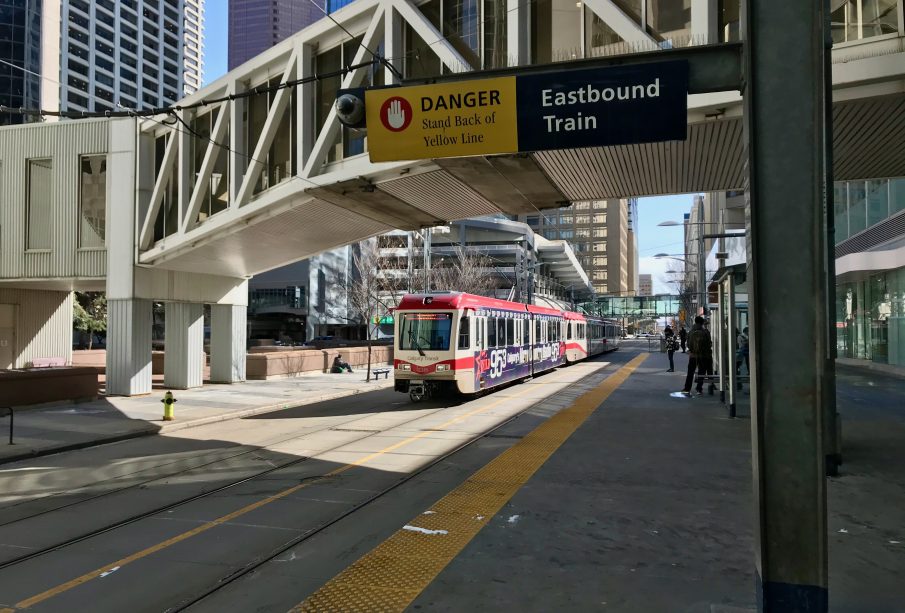Recent Developments in Calgary Transit: Enhancing Public Transport

Introduction
Calgary Transit plays a crucial role in the daily lives of many residents, providing essential public transport options that facilitate commuting throughout the city. With a growing population and increasing demand for efficient transit solutions, recent enhancements and developments in Calgary Transit are more significant than ever. Understanding the changes and their implications for Calgarians can aid commuters in making informed travel decisions.
Recent Updates and Improvements
As of October 2023, Calgary Transit has announced a series of upgrades aimed at improving service efficiency and passenger experience. One of the major developments includes the introduction of new electric buses to its fleet, which is part of a broader strategy to reduce the carbon footprint and promote sustainable transport. These buses are expected to begin operation by early 2024 and will contribute to Calgary’s commitment to reaching its climate goals.
Furthermore, enhancements to existing routes and the introduction of new ones have been designed based on commuter feedback and ridership statistics. Transit authorities have focused on increasing service frequency during peak hours, ensuring that buses and CTrains arrive at more regular intervals to minimize wait times for users.
In addition, an ongoing pilot program focusing on smart transit solutions, including real-time tracking through a mobile app, has garnered positive feedback from users. The app allows passengers to check schedules, receive live updates on delays, and plan their routes more effectively, making the system more user-friendly.
Significance for Commuters
These transit improvements are particularly timely given the city’s expansion plans. With Calgary expected to grow substantially in the coming years, efficient public transport will be key to preventing congestion and enhancing mobility. The additional bus routes aim to connect underserved neighborhoods to urban centers, fostering greater accessibility and encouraging the use of public transportation.
Moreover, Calgary Transit continues to engage with the community through consultations and surveys. This proactive approach ensures that the needs of residents are addressed as the system evolves, allowing for better alignment between transit services and user needs.
Conclusion
With ongoing improvements and innovations, Calgary Transit is poised to enhance its services significantly in the near future. These developments represent a crucial investment in the city’s infrastructure that not only benefits commuters but also contributes to a greener, more sustainable urban environment. As the city navigates its way through population growth and changing transportation demands, effective public transit will remain a vital focus for municipal planners and community stakeholders alike.







